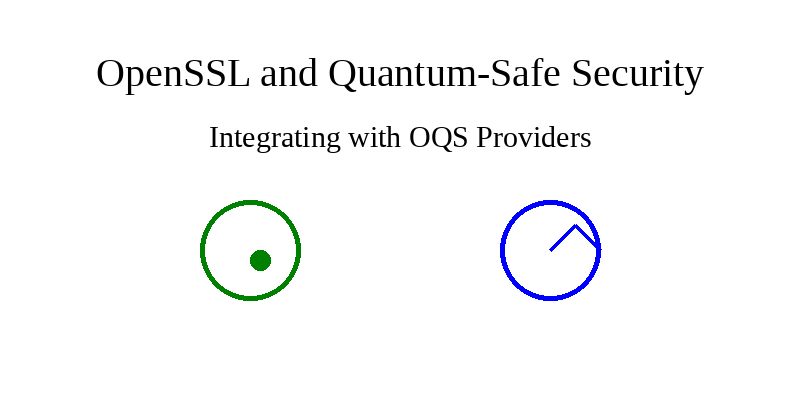Introduction
In today’s digitally connected world, data security and content filtering have become paramount for individuals and organizations alike. One technology that plays a crucial role in ensuring the integrity and safety of digital content is the Internet Content Adaptation Protocol (ICAP). In fact, the ICAP protocol is defined by the RFC 3507, which sets the standard for its implementation. 📜
What is ICAP?
ICAP, short for Internet Content Adaptation Protocol, is an open standard protocol used to optimize and secure the delivery of content over the internet. It was developed to provide a flexible and efficient way to analyze and modify content as it traverses a network. ICAP works by enabling communication between a client (usually a web proxy or content gateway) and one or more ICAP servers, allowing the client to offload specific content-related tasks to these servers. 🚀
The Need for ICAP 🛡️
The need for ICAP arises from the ever-growing volume of internet traffic and the increasing complexity of content that needs to be filtered, optimized, or secured. Here are some key reasons why ICAP is essential:
-
Content Filtering: ICAP enables real-time content analysis, allowing organizations to filter out harmful or inappropriate content, protecting users from potential security threats and ensuring compliance with content policies. 🕵️♂️
-
Content Modification: ICAP can modify content on the fly, enabling the injection of branding, advertisements, or translations, enhancing the user experience. 🛠️
-
Scalability: By offloading content-related tasks to ICAP servers, web proxies can scale more efficiently, ensuring faster content delivery. 📈
-
Security: ICAP aids in malware detection and content encryption, safeguarding against data breaches and cyberattacks. 🛡️
When to Use ICAP ⏰
ICAP is a versatile protocol with applications in various scenarios. Here are some common use cases:
-
Web Security: ICAP can be used to scan web traffic for malware, viruses, and other security threats in real time. 🔒
-
Content Filtering: Organizations can use ICAP to enforce content policies, block inappropriate content, and protect users from malicious websites. 🚫
-
Content Optimization: ICAP allows the modification of content to enhance user experience, such as compressing images for faster loading times. 🚀
-
Data Loss Prevention: ICAP can help prevent sensitive data leaks by scanning outbound content for confidential information. 🛡️
A Glimpse into ICAP’s History 📜
ICAP was invented by the content networking company Network Appliance (now part of NetApp) in the early 2000s. It was introduced to address the growing demand for scalable and efficient content adaptation in network environments. Over the years, ICAP has gained widespread adoption, and today, it continues to play a crucial role in ensuring secure and optimized content delivery across the internet.
Typical Data Flow 🔄
Let’s visualize how data flows between the client, ICAP server, and origin server in a typical ICAP scenario:
origin-server
| /|\
| |
5 | | 4
| |
\|/ | 2
ICAP-client --------------> ICAP-resource
(surrogate) <-------------- on ICAP-server
| /|\ 3
| |
6 | | 1
| |
\|/ |
client
In this diagram:
- The client sends the request to the ICAP client.
- The ICAP client forwards the request to the ICAP server.
- The ICAP server processes the request and sends it to the origin server.
- The origin server processes the request and sends the response back to the ICAP server.
- The ICAP server can modify the response if needed before sending it to the client.
Protocol Semantics 🔑
Now, let’s delve into some essential aspects of the ICAP protocol:
-
ICAP Headers: These headers provide information about the ICAP request and response. They include common headers, request headers, response headers, and ICAP-related headers in HTTP messages.
-
ICAP Bodies: Encapsulation of HTTP Messages: ICAP bodies encapsulate HTTP messages, making it possible to encapsulate and modify content seamlessly.
-
Message Preview: Message preview allows ICAP servers to examine and modify content before the complete message is delivered.
-
ISTag Response Header: The ISTag response header helps in managing cached content, improving efficiency.
-
Request and Response Modification Modes: ICAP supports request and response modification modes, enabling real-time content adaptation. This is especially important for implementing security and optimization policies.
-
OPTIONS Method: The OPTIONS method in ICAP allows clients and servers to negotiate their capabilities.
Caching 🚀
ICAP also plays a role in caching content, enhancing the efficiency and speed of content delivery.
Python Requests Example with Squid Server 🐍
To test ICAP with a Squid server, you can use the Python ‘requests’ library. Assuming you have the Squid server set up using Docker Squid, you can make basic request modification (requestmod) and response modification (responsemod) requests.
Here’s a simple Python code snippet for a basic requestmod:
import requests
# Define the Squid server's ICAP URL
icap_url = "http://squid-icap-server:1344/squid_icap"
# Define your request payload
payload = "This is a sample request payload."
# Send the request to the Squid ICAP server
response = requests.post(icap_url, data=payload)
# Print the modified response
print(response.text)
You can adapt this code to test responsemod as well. Just make sure your Squid server is correctly configured to handle ICAP requests.
Conclusion
We’ve explored the power of the ICAP protocol, its history, use cases, and the key features that make it an essential technology for secure and optimized content delivery. Understanding ICAP and its capabilities can help you harness its potential for a safer and more efficient internet experience.
If you have any questions or would like to share your experiences with ICAP, feel free to leave a comment below. We’d love to hear from you! 📢🚀

 🚀 Unlocking the World of Secure Communication with DH Groups and Certificates 💻🔒
🚀 Unlocking the World of Secure Communication with DH Groups and Certificates 💻🔒